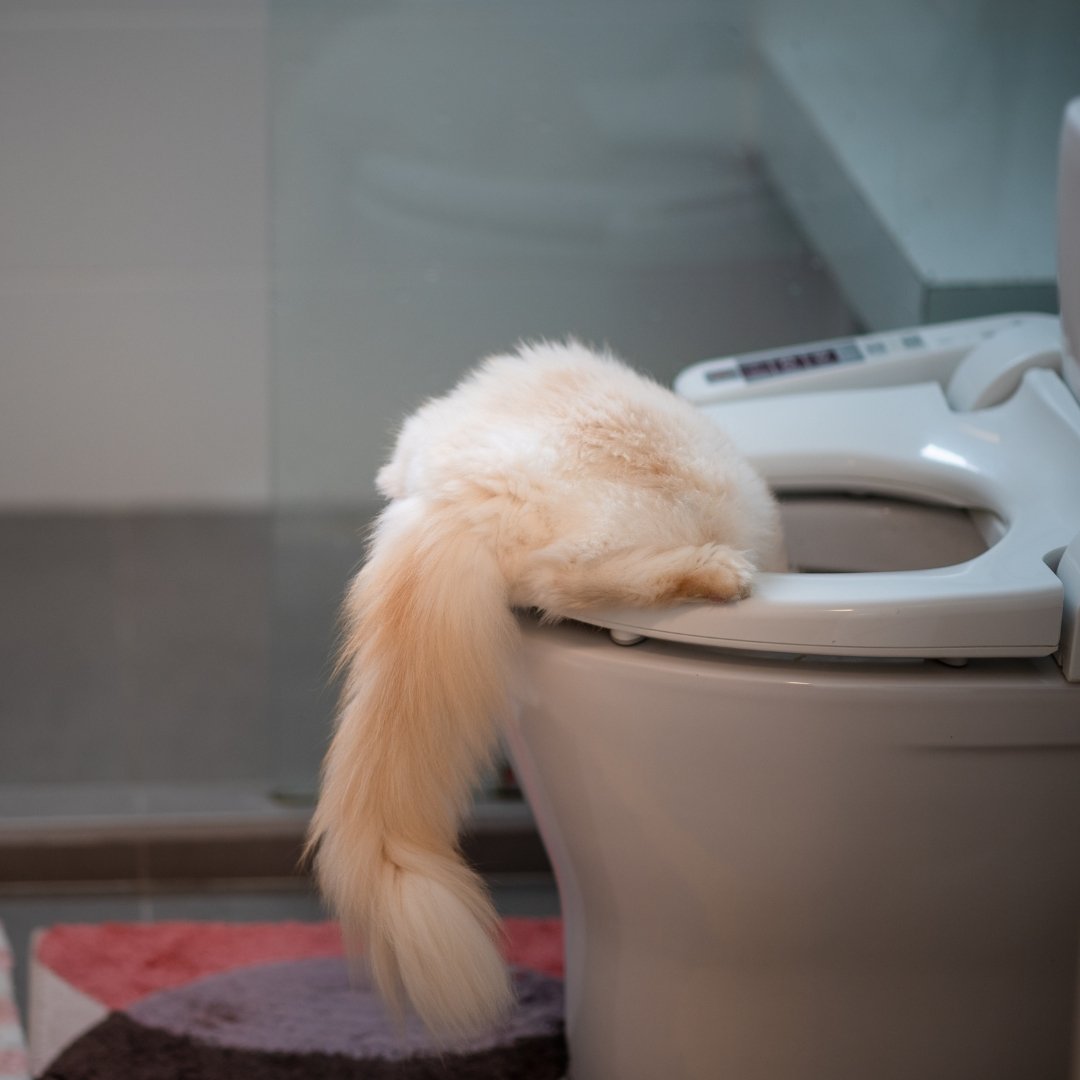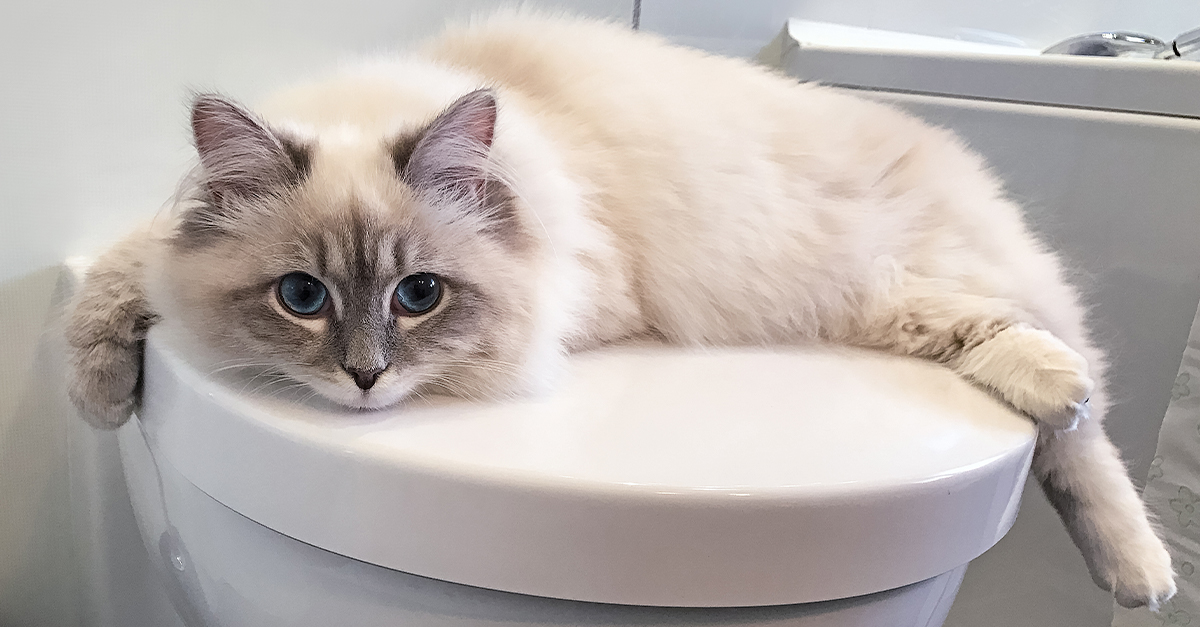Motives Why You Must Never Get rid of Animal Waste Down the Toilet
Motives Why You Must Never Get rid of Animal Waste Down the Toilet
Blog Article
Almost everyone is bound to have their private assumption with regards to Should you flush animal waste down the toilet.

When it involves taking care of waste, particularly animal waste, many individuals usually resort to the hassle-free option of flushing it down the commode. However, this seemingly easy remedy can have major consequences for the setting and public health. In this post, we'll explore why flushing animal waste down the toilet is a poor idea and supply different methods for proper disposal.
Introduction
Proper garbage disposal is crucial for keeping ecological sustainability and public health. While it might seem harmless to flush animal waste down the commode, it can result in different concerns, both for the atmosphere and human wellness.
Dangers of flushing pet waste
Environmental effect
Flushing animal waste presents harmful bacteria and virus into waterways, which can negatively affect water environments. These pathogens can contaminate water sources and injury marine life, interfering with fragile ecological communities.
Public health problems
Animal waste has harmful germs such as E. coli and Salmonella, which can posture major wellness risks to people. Purging animal waste down the commode can contaminate water supplies, resulting in the spread of conditions and infections.
Alternatives to flushing
Rather than purging pet waste down the toilet, there are a number of alternate disposal approaches that are much more eco-friendly and sanitary.
Composting
Composting pet waste is an environment-friendly way to take care of it. By composting, organic matter is broken down into nutrient-rich soil, which can be utilized to feed yards and plants.
Garbage dump disposal
Dealing with pet waste in a land fill is an additional choice. While not as eco-friendly as composting, it is a safer alternative to flushing, as it stops the contamination of water resources.
Family pet waste disposal systems
There are specific animal waste disposal systems offered that securely and hygienically take care of animal waste. These systems typically utilize enzymes to break down waste and remove odors.
Steps to proper animal waste disposal
To make sure correct disposal of pet waste, adhere to these actions:
Scooping and nabbing waste
Consistently scoop and bag animal waste using naturally degradable bags. This protects against waste from infecting here the setting.
Making use of designated waste containers
Dispose of bagged animal waste in designated waste bins, such as compost bins or landfill containers. Stay clear of flushing it down the commode in any way expenses.
Cleansing can and family pet areas routinely
Routinely tidy can and animal locations to avoid the buildup of waste and microorganisms. Usage pet-safe cleaning products to preserve hygiene.
Advantages of appropriate disposal approaches
Embracing correct disposal techniques for animal waste provides a number of benefits:
Lowered environmental pollution
Appropriate disposal methods lower the risk of environmental pollution, securing waterways and ecosystems from contamination
Lessened threat of water contamination.
By avoiding flushing animal waste down the commode, the threat of water contamination is considerably minimized, safeguarding public health.
Enhanced cleanliness and health
Correct disposal approaches advertise far better hygiene and health, producing a more secure environment for both people and animals.
Conclusion
In conclusion, flushing pet waste down the commode is unsafe to the setting and public health. By embracing alternative disposal approaches and adhering to correct waste administration practices, we can minimize the adverse impact of pet waste and contribute to a cleaner, healthier world.
What To Do With Dog Poo – The Do's And Don'ts Of Disposing Of Faeces
Dog poo bins
Some councils provide dedicated dog waste bins in popular dog-walking areas that can take dog poo that has been bagged but you can legally dispose of dog waste in any public litter bin, as long as it is securely bagged. This also applies to your wheelie bin at home.
Do not flush
Water companies do not recommend flushing dog faeces down the toilet because certain parasites can survive the water processing treatment and are potentially harmful to humans. You should also never consider flushing dog poo that has been bagged down the toilet as the bags will not break down and instead create severe blockages in the sewage system.
In the woods
The Forestry Commission promotes a ‘stick and flick’ method for dealing with waste in the woods. This means finding a stick and using it to flick any poo from off the path so that it is out of the way of other walkers. You could also bury it as long as it is not in an area where there might be livestock.
Livestock
Parasites found in dog poo can be transmitted to livestock if they inadvertently eat infected faeces that has been left on grazing land. This could result in the death of sheep or abortion in cattle so you should always make sure you pick up your dog’s waste in fields where livestock could be present.

Routinely tidy can and animal locations to avoid the buildup of waste and microorganisms. Usage pet-safe cleaning products to preserve hygiene.
Advantages of appropriate disposal approaches
Embracing correct disposal techniques for animal waste provides a number of benefits:
Lowered environmental pollution
Appropriate disposal methods lower the risk of environmental pollution, securing waterways and ecosystems from contamination
Lessened threat of water contamination.
By avoiding flushing animal waste down the commode, the threat of water contamination is considerably minimized, safeguarding public health.
Enhanced cleanliness and health
Correct disposal approaches advertise far better hygiene and health, producing a more secure environment for both people and animals.
Conclusion
In conclusion, flushing pet waste down the commode is unsafe to the setting and public health. By embracing alternative disposal approaches and adhering to correct waste administration practices, we can minimize the adverse impact of pet waste and contribute to a cleaner, healthier world.
What To Do With Dog Poo – The Do's And Don'ts Of Disposing Of Faeces
Dog poo bins
Some councils provide dedicated dog waste bins in popular dog-walking areas that can take dog poo that has been bagged but you can legally dispose of dog waste in any public litter bin, as long as it is securely bagged. This also applies to your wheelie bin at home.
Do not flush
Water companies do not recommend flushing dog faeces down the toilet because certain parasites can survive the water processing treatment and are potentially harmful to humans. You should also never consider flushing dog poo that has been bagged down the toilet as the bags will not break down and instead create severe blockages in the sewage system.
In the woods
The Forestry Commission promotes a ‘stick and flick’ method for dealing with waste in the woods. This means finding a stick and using it to flick any poo from off the path so that it is out of the way of other walkers. You could also bury it as long as it is not in an area where there might be livestock.
Livestock
Parasites found in dog poo can be transmitted to livestock if they inadvertently eat infected faeces that has been left on grazing land. This could result in the death of sheep or abortion in cattle so you should always make sure you pick up your dog’s waste in fields where livestock could be present.

As a devoted reader on Can You Flush Dog and Cat Poo Down the Toilet?, I figured sharing that excerpt was a great idea. Make sure you take a moment to promote this blog post if you appreciated it. I thank you for reading our article about 10 Things You Should Never Flush Down The Toilet.
Check This Out Report this page